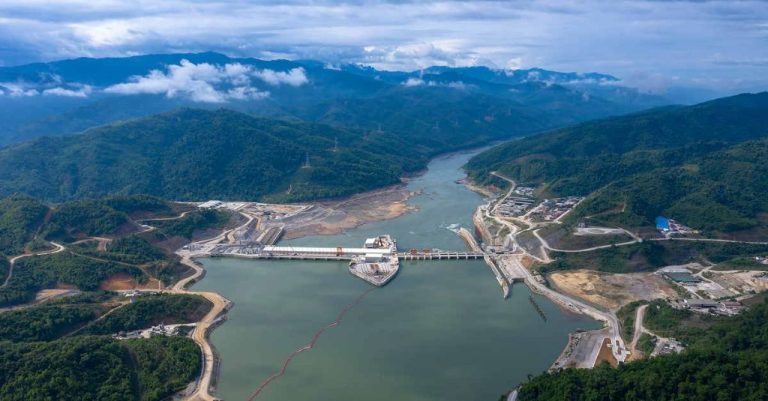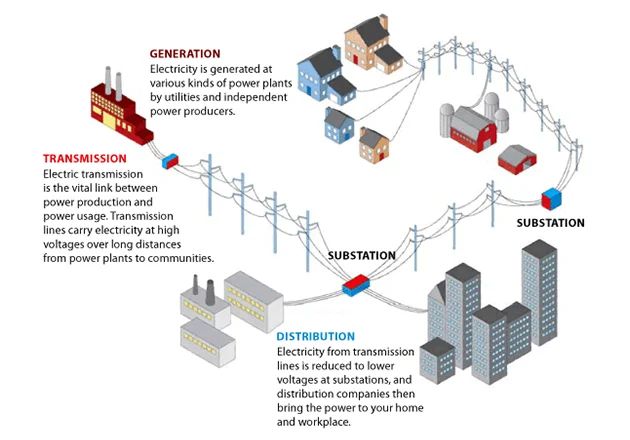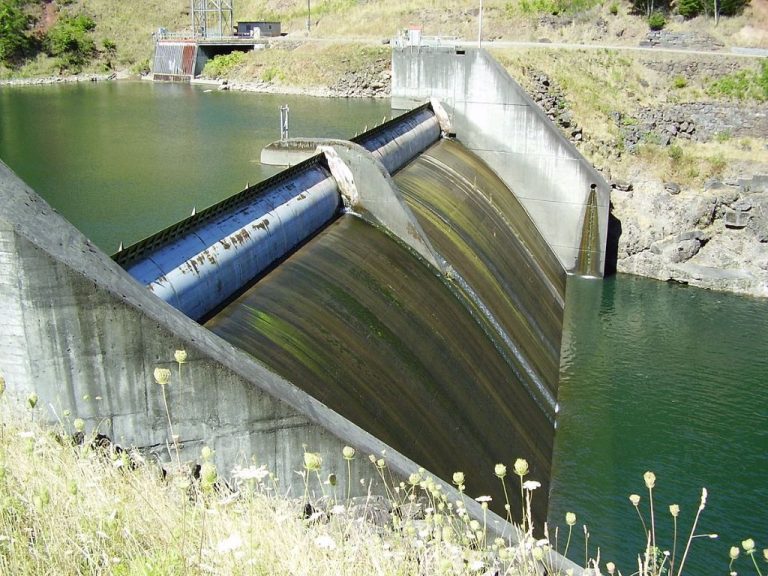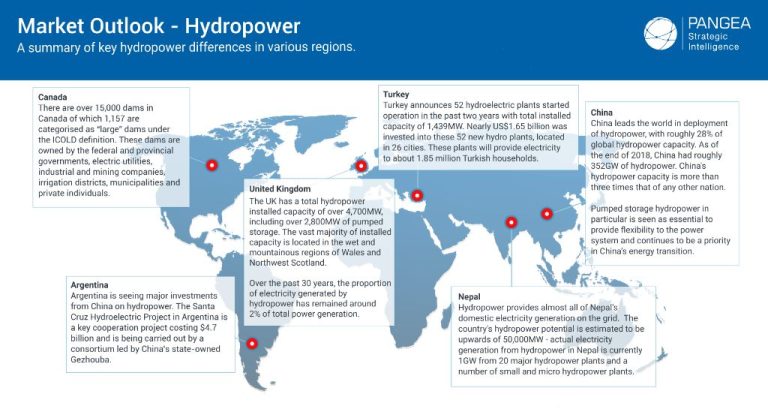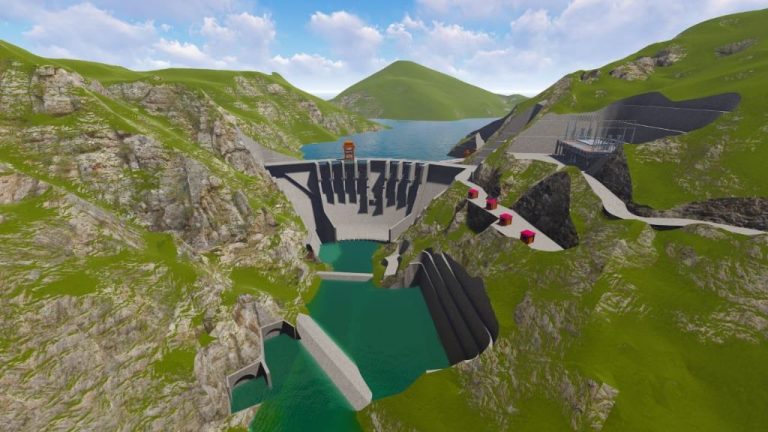Where Is Most Of China’S Hydroelectric Power Found?
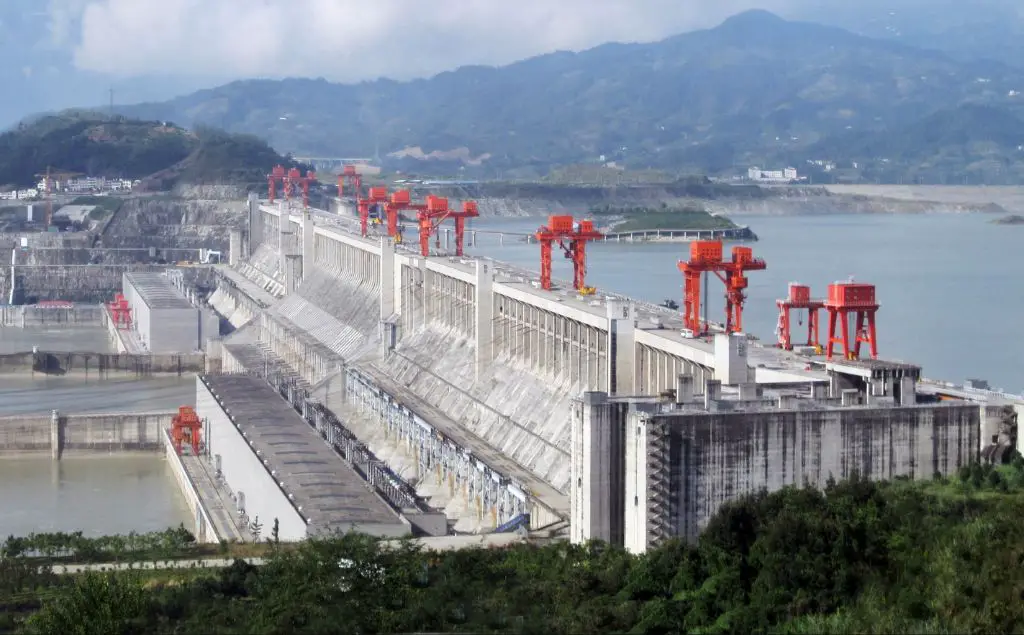
China is the world’s largest producer of hydroelectric power, accounting for over 30% of global capacity. With abundant water resources, especially in southern and western regions, China has aggressively pursued hydropower development to meet its growing energy needs and reduce reliance on coal. China currently has about 370 GW of installed hydro capacity and aims to reach 450 GW by 2030 as part of its renewable energy targets. Hydropower plays a vital role in China’s strategy to decarbonize its economy while ensuring energy security and affordable electricity access across the country.
Sources:
https://www.hydropower.org/region-profiles/east-asia-and-pacific
https://www.reuters.com/world/china/chinas-surging-hydropower-boon-its-climate-goals-energy-bills-2022-07-12/
Southwest China
Southwest China contains the majority of China’s hydroelectric power capacity due to its mountainous terrain and abundant river systems. The provinces of Yunnan, Sichuan and the Tibet Autonomous Region host large rivers that flow through deep gorges, providing ideal geography for dam construction.[1]
Yunnan province contains the upper reaches of the Yangtze, Mekong, and Salween rivers. Major dams in Yunnan include the Xiluodu Dam on the Jinsha River. Sichuan province has a high concentration of hydro dams, including the famous Three Gorges Dam on the Yangtze. Lastly, the high elevation Tibetan Plateau is the source of China’s major rivers like the Yangtze, Yellow, Mekong and Salween. Tibet has seen massive investment in hydroelectric power in recent years.[1]
Yunnan Province
Yunnan province is located in southwest China and contains abundant hydroelectric resources, especially along the Nu River and Jinsha River which originate on the Tibetan Plateau. According to a report by the Asian Development Bank, a hydroelectric power plan was prepared for Yunnan Province by the Yunnan Province Hydroelectric Power Survey and Design Institute to develop projects along these rivers and their tributaries (Kunming Qingshuihai Water Supply Project). The Nu River, in particular, has a huge hydroelectric potential with current estimates around 21 gigawatts but environmental concerns have slowed development. The Jinsha River is considered the upper reaches of the Yangtze River and also has significant hydroelectric capacity with dams such as Xiluodu, Xiangjiaba and Wudongde (Trends In Innovation And Entrepreneurship Research: …). Overall, Yunnan province contains abundant potential for further hydroelectric development along its major rivers and tributaries originating from the Tibetan Plateau.
Sichuan Province
Sichuan province, located in southwest China, contains over 40% of China’s hydropower resources and currently generates around 30% of China’s hydroelectricity (Source: https://www.thecorridor.org/downloads/news/MMR_Finalprint_08-22-22.pdf). Major hydroelectric dams in Sichuan province are located on the Dadu River, Yalong River, and Jinsha River.
The Dadu River contains several large hydroelectric power stations, including the 2,600 MW Shuangjiangkou Dam. Further downstream, the 450 MW Dashuibo Dam and 360 MW Kaixian Gorge Dam also harness the Dadu’s hydropower potential.
On the Yalong River, major dams include the 1,350 MW Guandi Dam and 2,400 MW Jinping-I Dam, one of the tallest dams in the world. Several other large dams are currently under construction on the Yalong, including Wudongde Dam.
The Jinsha River, upstream of the Yangtze River, is also heavily dammed, with stations like Xiangjiaba Dam (6,400 MW) and Xiluodu Dam (13,860 MW), one of the largest in China. In total, over a dozen major hydroelectric dams are currently operational or under construction on the Jinsha.
Tibet Autonomous Region
The Tibet Autonomous Region contains the upper reaches of Asia’s major rivers, including the Brahmaputra and Indus, making it an ideal location for hydropower development. According to reports, Tibet has the highest potential for hydropower generation in China due to its high elevation and abundant water resources from melting glaciers (The Diplomat, 2021). While the theoretical hydropower potential in Tibet is estimated at over 500,000 megawatts, only around 1.77 million kilowatts had been developed by 2017.
Major hydropower projects are underway on the Brahmaputra River, known locally as the Yarlung Tsangpo. The Lianghekou hydropower station is being constructed downstream near the India border and is expected to have a power generating capacity of 3,000 megawatts upon completion (The Wire, 2021). Some environmental concerns have been raised regarding China’s plans to build a series of dams along the Brahmaputra River and their potential impacts on ecosystems and communities downstream.
Overall, Tibet holds great promise as the “water tower of Asia” but balancing hydropower development with environmental protection remains an important consideration.
Central China
Central China, specifically the provinces of Hubei and Hunan along the Yangtze River, is another major hub for hydropower in China. The Three Gorges Dam, located in Hubei province, is one of the largest hydropower projects in the world with an installed capacity of 22,500 MW [1]. Construction on the dam began in 1994 and was fully operational by 2012. The dam spans the Yangtze River and helps control flooding, generate clean electricity, and improve navigation along the river.
In addition to the Three Gorges Dam, central China has several other major hydropower stations along the Yangtze River and its tributaries. The Xiangjiaba Dam in Sichuan province has an installed capacity of 6,400 MW and the Xiluodu Dam in Yunnan province has an installed capacity of 13,860 MW [2]. Hydropower accounts for around 80% of Hubei’s power generation and over 50% in Hunan province.
Central China’s abundant water resources and mountainous terrain make it well-suited for large-scale hydropower development. The government plans additional dam and hydropower plant construction along the Yangtze River and its tributaries in coming years to continue meeting China’s rising electricity demands through renewable hydropower generation.
Eastern China
The eastern region of China, comprising provinces like Anhui, Jiangxi, Zhejiang, and Fujian, has less abundant hydro resources compared to southwest China. However, several major hydroelectric projects operate in eastern provinces.
For example, the Xiangjiaba Dam on the Jinsha River in Yunnan and Sichuan is one of the largest hydropower projects in China, with an installed capacity of 6,400 MW (East Asia and Pacific). In Anhui, the Wuhu Dongfeng hydroelectric station on the Yangtze River has a capacity of 768 MW (Development and present situation of hydropower in China).
Other major dams in eastern provinces include the Geheyan Dam (Jiangxi), Xin’anjiang Dam (Zhejiang), and Baishuijiang Dam (Zhejiang). While less plentiful than the southwest, eastern China still contributes significantly to the country’s hydroelectric power generation.
Northern China
Northern China, which includes the provinces of Shanxi, Shaanxi, and Inner Mongolia, also has significant hydroelectric power capacity. The main projects in the region are:
- The Laxiwa Dam on the Yellow River in Qinghai province, which has a capacity of 4,200 MW.
- The Longyangxia Dam on the Yellow River between Qinghai and Gansu, with a capacity of 1,280 MW.
- The Liujiaxia Dam on the Yellow River in Gansu province, with a capacity of 1,225 MW.
These major projects on the Yellow River supply electricity to industrial and urban centers in northern and central China. Shaanxi province is also home to the Northern China Hydroelectric Power College, which trains engineers and technicians for the hydroelectric industry.
Sources:
中國建築西北設計院China Northwest Building Design Institute
Hydro Goals
China has ambitious goals for rapidly expanding its hydroelectric power capacity over the next few years. By 2025, China aims to start construction on over 200 new pumped hydro storage stations with a combined capacity of 270 gigawatts, according to Ding Yanzhang, the deputy secretary general of the China Society for Hydropower Engineering. [1] This massive expansion of hydroelectric infrastructure will help China meet its renewable energy targets and transition away from fossil fuels.
One of China’s key renewable energy goals is to double its wind and solar capacity to over 1,200 gigawatts by 2025. According to a recent report in The Guardian, China is on track to meet this target five years early by the end of 2023. [2] Rapid growth in hydroelectric power will complement the expansion of wind and solar, providing storage and grid stability.
Longer-term, analysts predict that China aims to have renewable energy account for over 50% of its electricity generation capacity by 2030. [3] With hydroelectricity expected to remain the largest component of China’s renewable energy mix, continued investment in dams and pumped storage will be critical for achieving the nation’s climate change mitigation targets.
Conclusion
China’s hydroelectric power potential is concentrated in the mountainous regions of southwest China, where powerful rivers flow through deep gorges. The provinces of Yunnan and Sichuan contain many of China’s largest hydroelectric facilities, including the Three Gorges Dam on the Yangtze River. Tibet also possesses significant hydropower resources that remain largely untapped. Central and eastern China have fewer locations suitable for large dams, but still contribute meaningfully to national hydroelectricity production. Northern China has the lowest hydropower potential due to its flat terrain and arid climate.
Moving forward, China aims to continue expanding its hydropower capacity to reduce reliance on coal and achieve its carbon emissions reduction targets. However, China must also balance environmental and social impacts, as large dams alter ecosystems and require relocating local populations. With careful planning and mitigation, hydropower can play a major role in powering China’s economy in a more sustainable manner.

